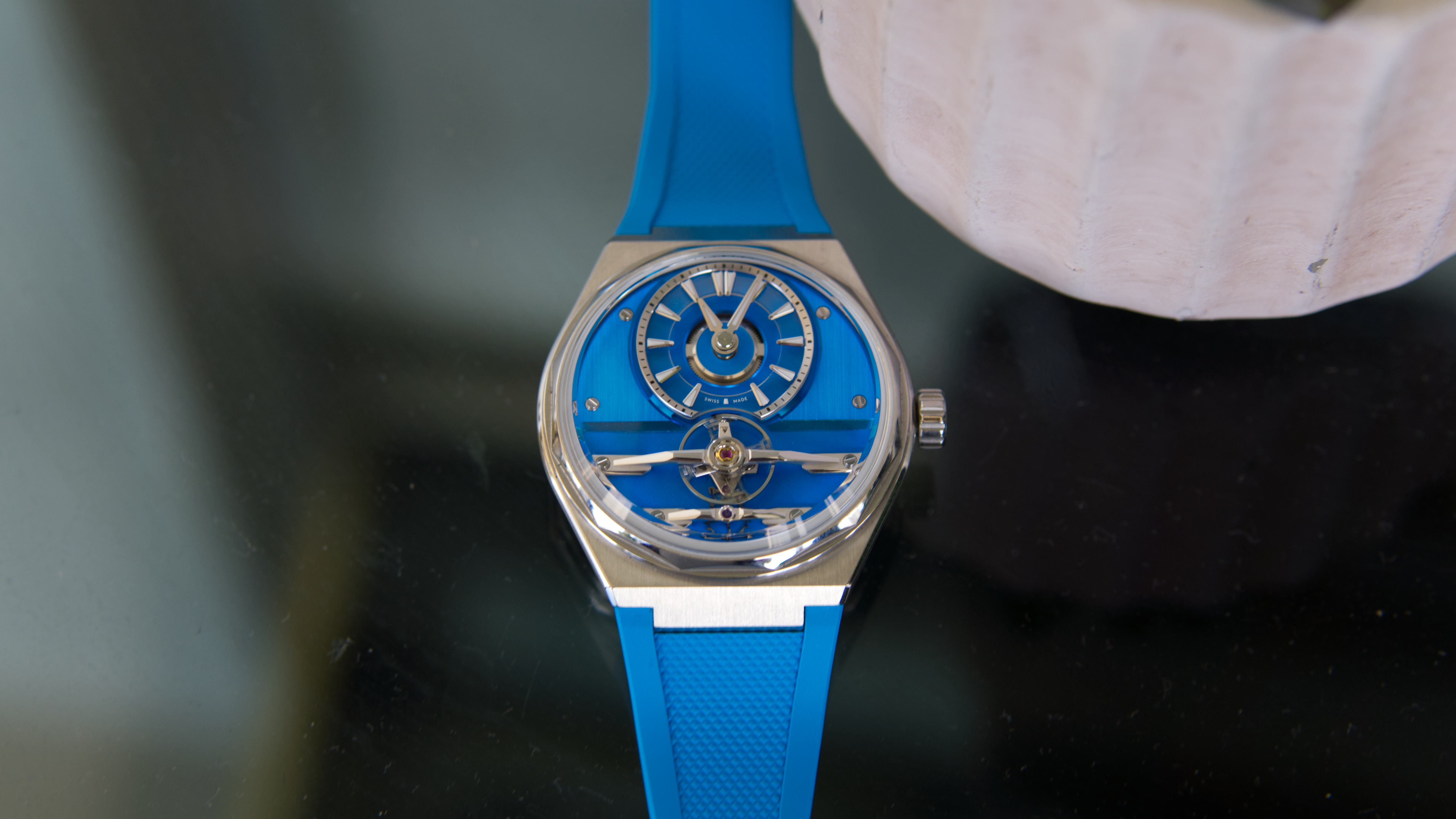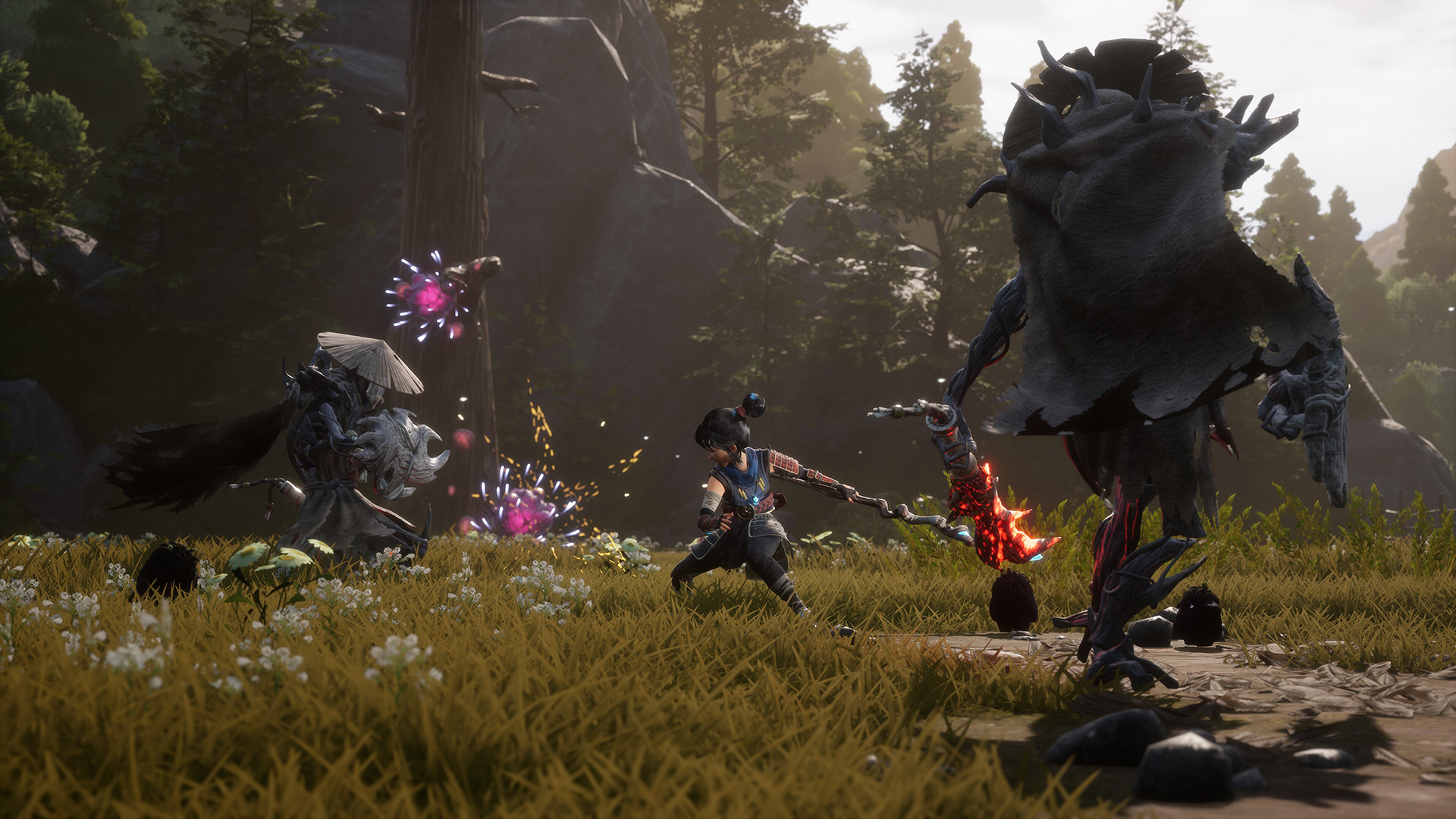

If you have been thinking about hitting the gym to begin your resistance training journey, it is highly likely that you have come across both the full-body workout and push-pull-legs training plans.
They both have their merits, but also equally have their downsides, and selecting the right one for you is going to be down to a number of factors: end goals, the amount of time you have to train and how much recovery time you need.
Building muscle for aesthetic purposes and improving strength and athletic performance is all about stressing said muscle to the point that it is forced to repair and, therefore, become larger and perform better as a result.
Pushing a muscle beyond its comfort zone is perhaps the simplest way to describe muscle hypertrophy, and both the full-body workout and a push-pull-legs (PPL) split can be used to achieve this. However, there are several key differences that mean one is likely better for you.
What is a full-body workout and its benefits?
Perfect for those who are perhaps strapped for time, the full-body workout is designed to train all of the major muscle groups in one sitting. This means that a workout will usually employ lots of heavy compound movements that aim to recruit as many muscles as possible.
If you only have time to workout three or four times a week, the full-body workout is a great way to build a solid foundation of strength and size. It allows participants to hit each muscle group multiple times throughout the week, often without the need to factor in lots of complicated isolation exercises.
A simple full-body workout plan for a beginner could include things like the deadlift, a squat and a bent-over row. In these three moves alone, you’ve worked most of the major muscles in the legs and back.
Sign up to the T3 newsletter for smarter living straight to your inbox
Get all the latest news, reviews, deals and buying guides on gorgeous tech, home and active products from the T3 experts
Throw in a bench press and an overhead press, and you have covered the most important muscle groups without having to tumble down the rabbit hole of specific exercises for biceps, triceps, deltoids and other bodybuilding favourites.
Simple, time-saving and very effective, the full-body workout is one that is often suggested to beginners, as it allows ample time to perfect the basics while building serious strength and size.
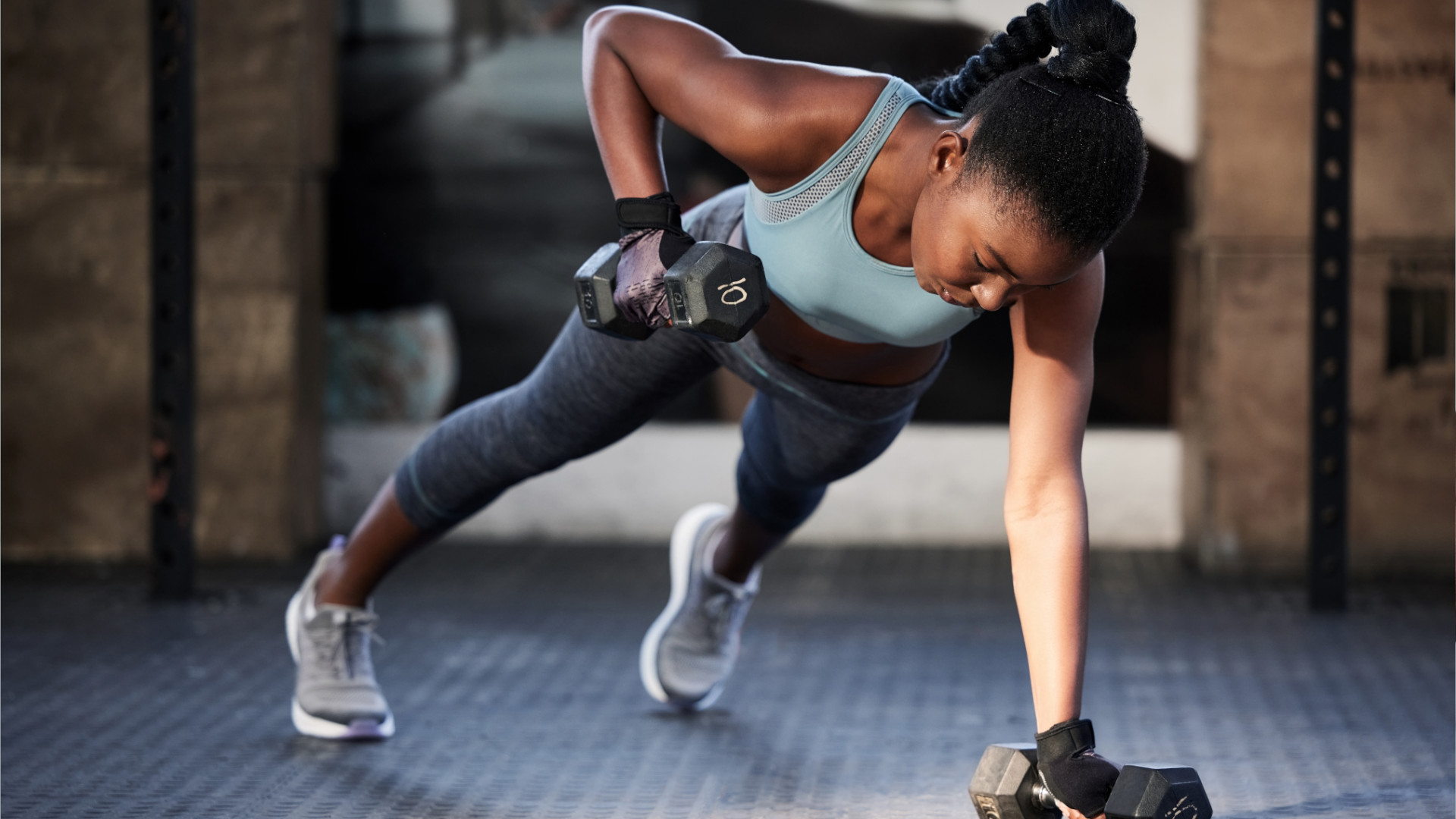
What are the downsides of a full-body workout?
As a result of incorporating lots of physically taxing compound movements, a full-body workout can be rather intense and will likely tax the cardiovascular system more than a PPL split. As a result, you’ll need to factor in longer rest periods between sets and between sessions to allow ample time to recover.
All of the benefits of a full-body workout are also many of its undoings, as the very nature of recruiting many major muscle groups in one workout means that it is difficult to then focus on specific areas.
Plus, participants will find that they may have to perform more sets of each exercise in order to achieve the appropriate volume (number of times a muscle is worked per week) to stimulate growth.
Similarly, physically taxing exercises like the deadlift can be difficult to perform over and over again through multiple punishing sets, with that difficulty increasing exponentially as you start to crank up the weight with weekly and monthly progression.
Keen bodybuilders, for example, will overlook the full-body workout as it doesn’t factor in isolation exercises that really ‘blow up’ the back, arms, chest and individual muscle groups in the legs.
So, if you are looking to sculpt a physique, it could be worth starting with a very simple full-body workout for, say, six to eight weeks, and then moving on to a more specialist training push-pull-legs plan that allows room for isolation exercises.
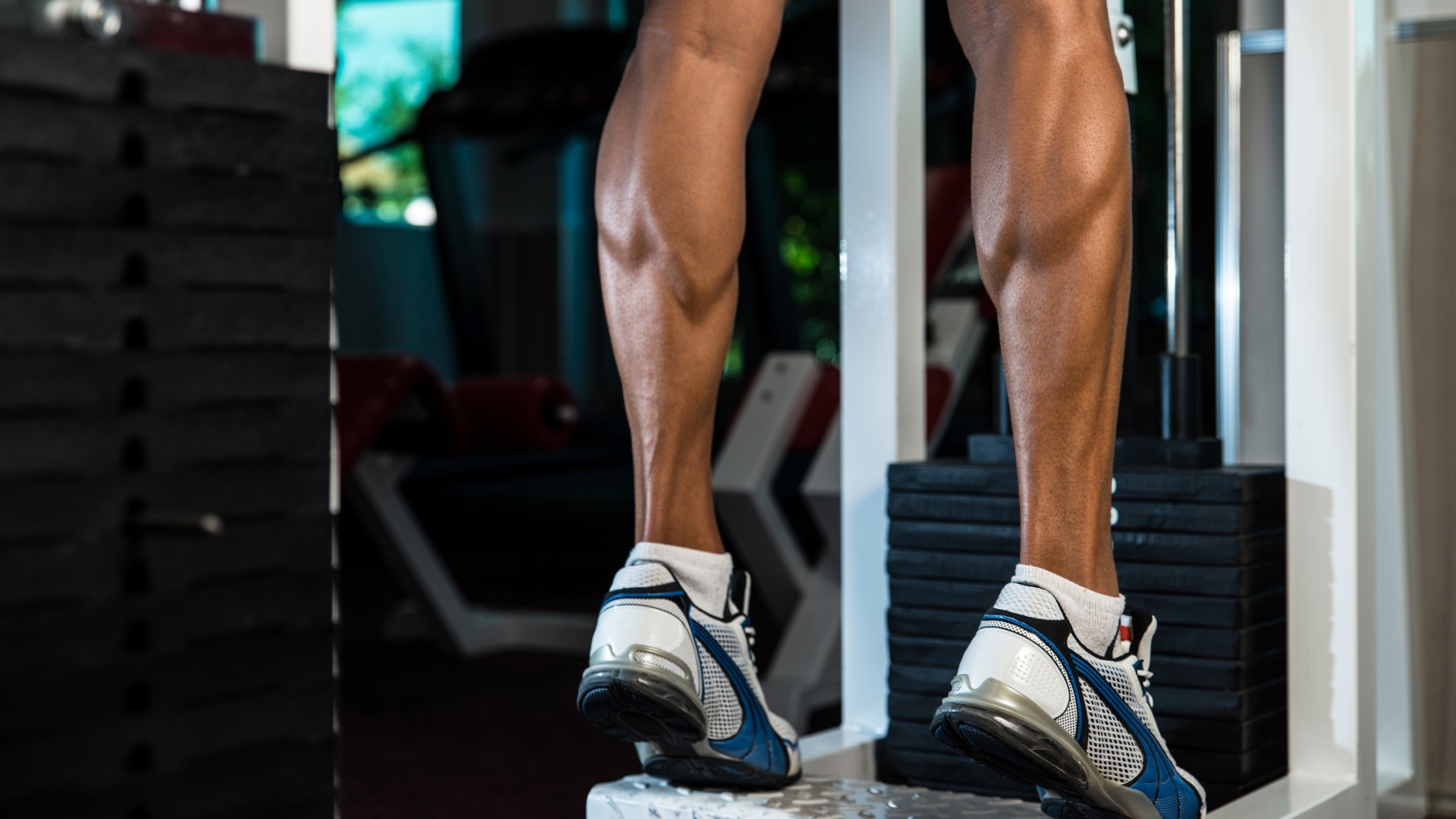
What is a Push-Pull-Legs (PPL) workout?
Rather than hitting all of the major muscle groups in one concise workout, like the full-body workout listed above, a PPL split will work different body parts on different days.
One day is dedicated to upper body pushing movements (bench press, overhead press and any pressing movement, for that matter), while the next is dedicated to various pulling movements, and a final day is reserved for the lower body.
Those wanting to target maximum volume, or the amount a particular muscle group is trained each week, will ideally want to hit the gym six times a week in order to complete two rounds of the PPL split.
Studies have shown that targeting the same muscle group twice a week is optimal for growth. It is a big commitment, but the PPL split factors in a wider array of exercises that inevitably help shape a more impressive physique.
The first ‘push’ day of a PPL might include a bench press, overhead press, incline bench press and dumbbell flys. That’s a serious amount of chest work, but there’s also time for tricep dips, seated dumbbell shoulder presses and skull crushers to blow up the triceps even more.
Because the second ‘pull’ day theoretically involves completely different, often agnostic muscle groups, it can be performed with minimal rest (one night’s good sleep should be enough).
Pull-ups, lat pull-downs and bent-over rows hit the back muscles, while barbell curls and side lateral raises deal with the biceps and shoulders, all without bothering the major muscle groups targeted the day before.
Similarly, the third ‘legs’ day completely ignores the upper body that, by this point, is seriously in need of some rest. Weighted squats, glute bridges, weighted lunges and any specialist leg machinery in the gym— such as leg curls and leg press— allow the major leg muscles to be worked to failure without minimal requirement for upper body involvement.
What are the downsides of a push-pull-legs workout?
For many, the thought of six gym workouts a week is the embodiment of hell itself. If that’s the case, a PPL split likely isn’t for you.
Of course, it’s perfectly possible to hit the gym just three times a week, completing one round of the split each week, but the gains will arrive at a much slower pace, as the volume might not be there to stimulate the required growth.
It is also difficult to factor in a solid amount of rest in a six-day PPL split, with just one day off from the gym requiring serious lifters to completely switch off and laze on the couch for a day to allow the muscles to recover.
Newcomers might also find that the PPL split initiates too much muscle soreness to make it comfortable, whereas a full-body workout, where a full day off is enjoyed between sessions, means the aches and pains are largely kept at bay.
The PPL split will also require those new to lifting to master a whole host of exercises, some of which can be difficult to execute with perfect form. A simple full-body workout, on the other hand, might require just five or six movements to be learned.
Can I mix push-pull-legs and full-body workouts?
The simple answer is yes, and many gym-goers experience serious success by combining the two techniques.
If you’re looking to get the extra volume and resulting ‘pump’ offered by a well-programmed PPL split but also want to ensure other body parts aren’t neglected, you could try a full-body workout that specialises in specific areas on any given day.
For example, Monday could be ‘chest day’, so you incorporate two or three big chest exercises (flat bench press, incline dumbbell press and cable flys, for example), before moving on to some lower body work or compound movements.
Following a rest day, Wednesday could then be ‘back day’, with two or three back-focussed exercises (bent-over row, lat pull-down and single arm rows) followed by some lower body work and compound movements.
Friday could then be a day where you choose to focus on shoulders and arms (biceps and triceps), again sprinkling in some lower body exercises, while the final workout day could be a more traditional full-body workout with some time reserved for targeted abs exercises.
Again, this will all be down to personal preference, as some will find hitting the legs on every workout leads to a lot of tightness and soreness. But tweaking a programme to suit is all part of the fun.
Leon has been writing about automotive and consumer tech for longer than he cares to divulge. When he’s not testing the latest fitness wearable and action camera, he’s out in a shed fawning over his motorcycles or trying not to kill himself on a mountain bike/surfboard/other extreme thing. He's also a man who knows his tools, and he's provided much of T3's drills coverage over the years, all without injuring himself.
-
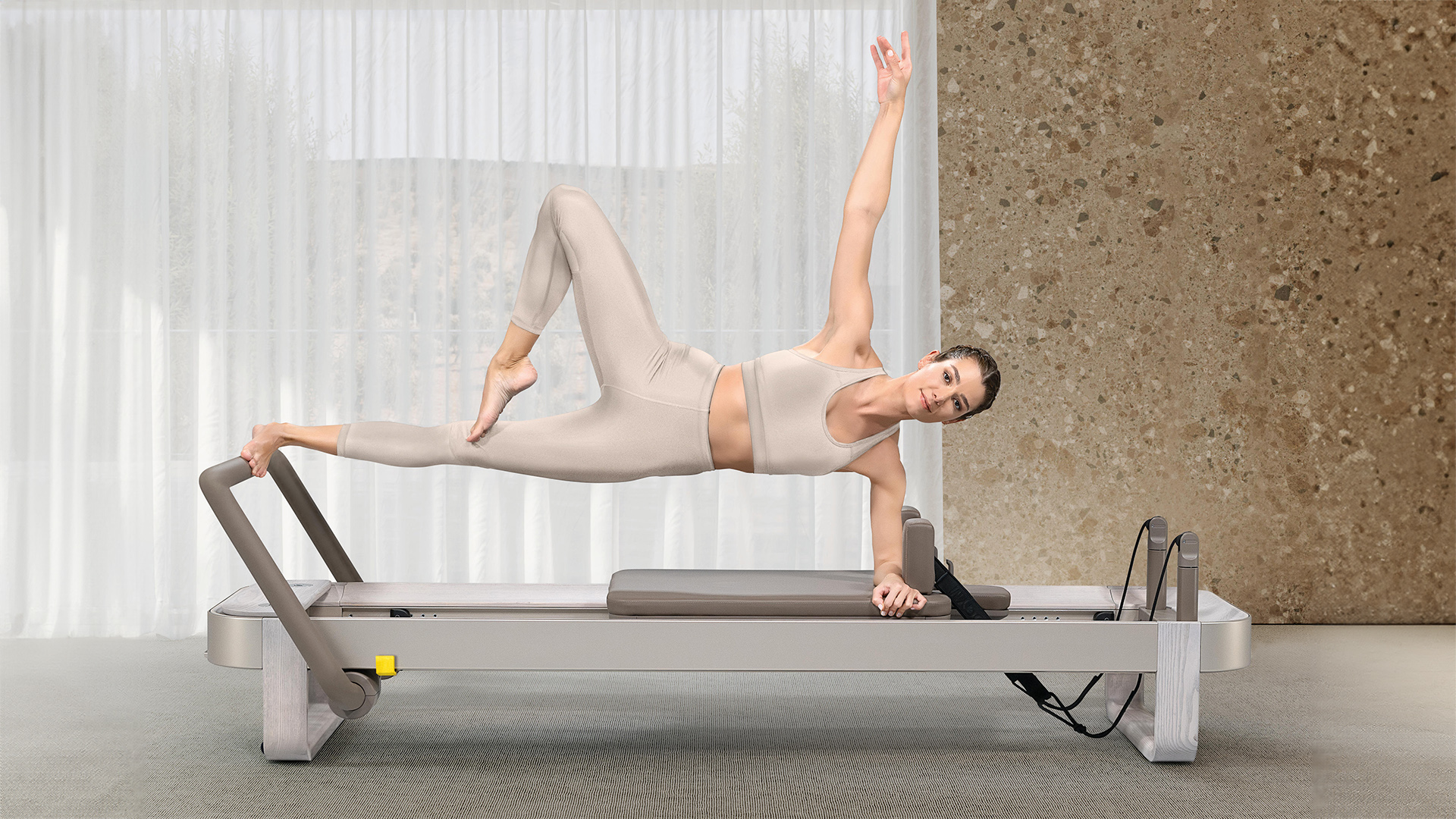
 Technogym brings its signature touch of luxury to Pilates with latest home gym equipment launch
Technogym brings its signature touch of luxury to Pilates with latest home gym equipment launchThey've also introduced a new premium line of strength equipment and cardio kit
By Bryony Firth-Bernard
-
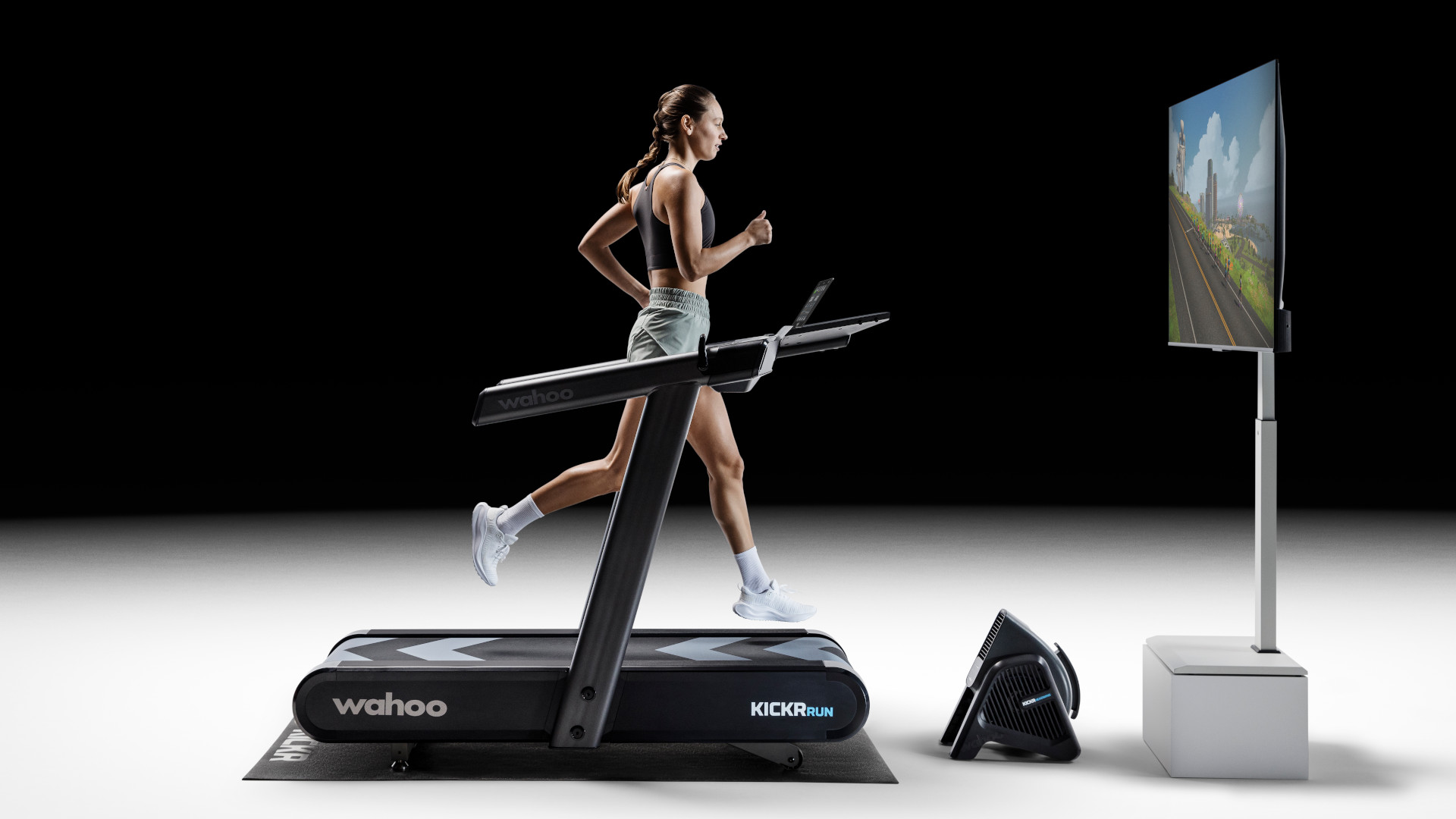 Wahoo's monster treadmill is finally available in the UK (for an eye-watering price)
Wahoo's monster treadmill is finally available in the UK (for an eye-watering price)And there's a brand new feature alongside its innovative 'Run Free' mode
By Bryony Firth-Bernard
-
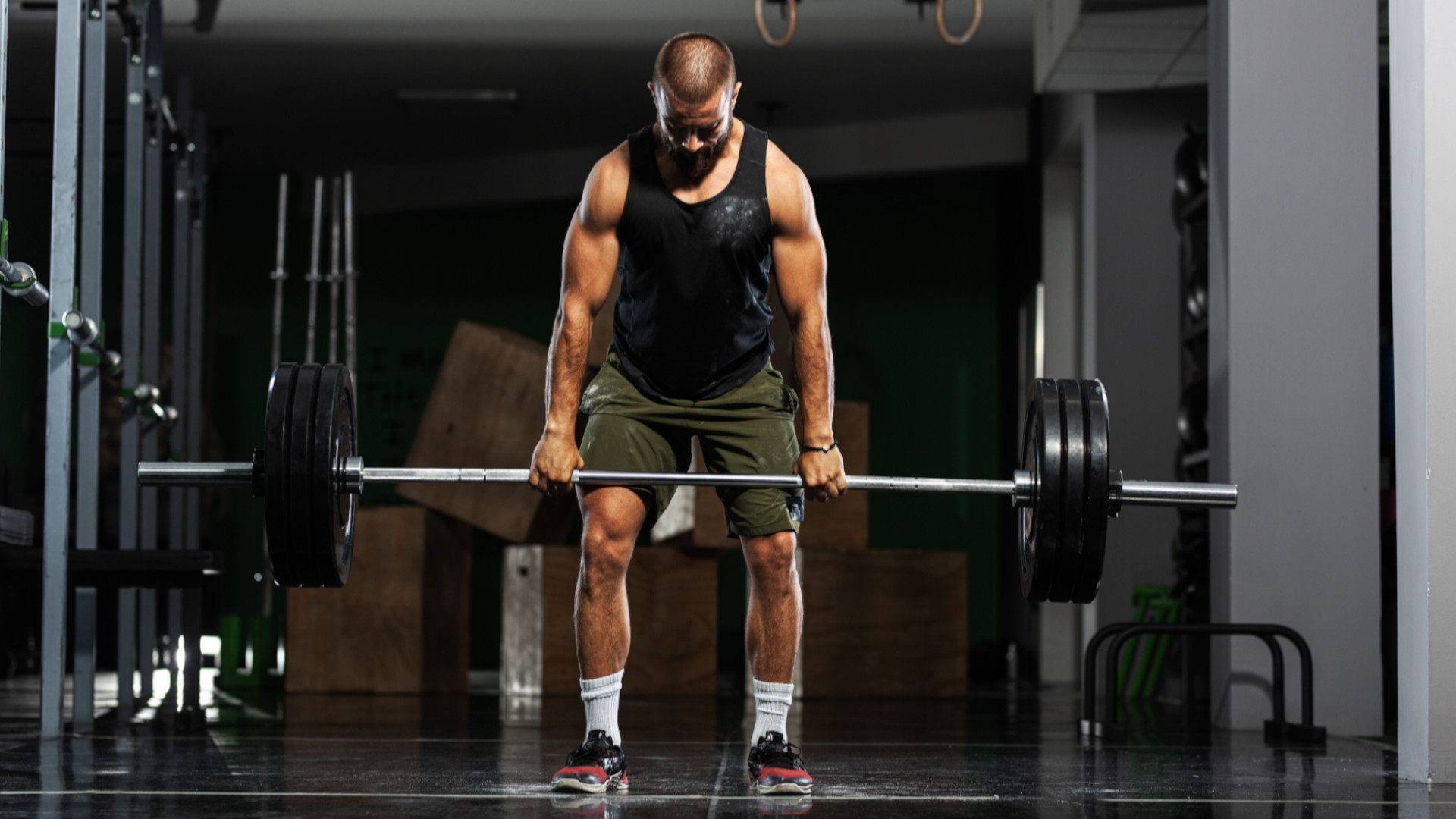 Why the 5x5 protocol is a beginner's go-to for substantial strength gains
Why the 5x5 protocol is a beginner's go-to for substantial strength gainsGet super strong and build muscle
By Bryony Firth-Bernard
-
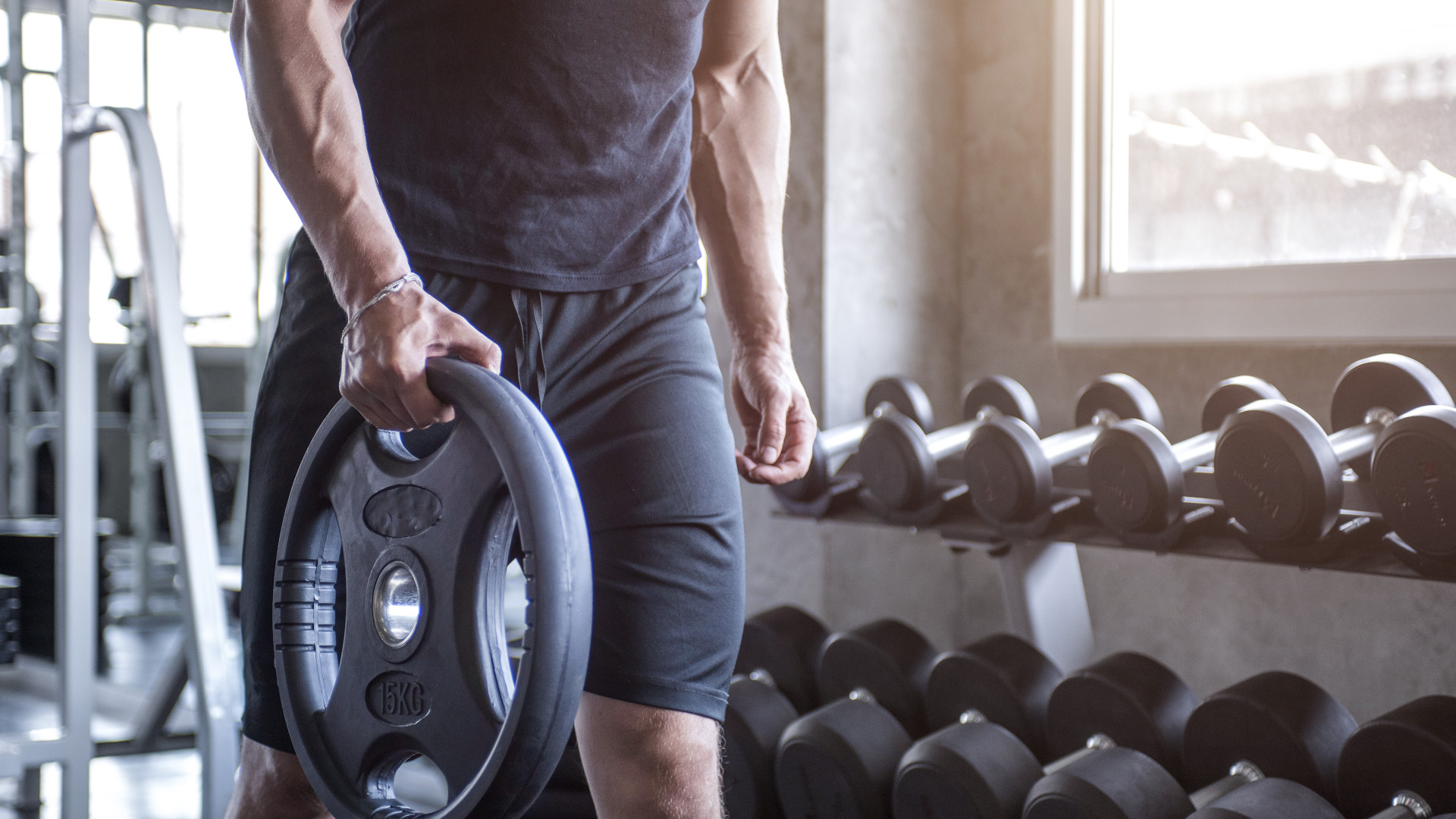 7 best exercises to boost your grip strength for bigger gains
7 best exercises to boost your grip strength for bigger gainsIt can also help you live longer too
By Bryony Firth-Bernard
-
 Jake Dearden’s Hyrox training regime and 4000-calorie diet
Jake Dearden’s Hyrox training regime and 4000-calorie dietFind out how the Hyrox champ trains weekly and fuels his sessions
By Bryony Firth-Bernard
-
 The 5 most efficient exercises for adding strength and size
The 5 most efficient exercises for adding strength and sizeExercise Scientist Dr. Mike Israetel says these are the lifts you should prioritise if you want to get jacked and strong
By Bryony Firth-Bernard
-
 3 overrated shoulder exercises, according to a fitness expert (and what to do instead)
3 overrated shoulder exercises, according to a fitness expert (and what to do instead)Sculpt 3D shoulders whilst minimising injury with these three alternative exercises
By Bryony Firth-Bernard
-
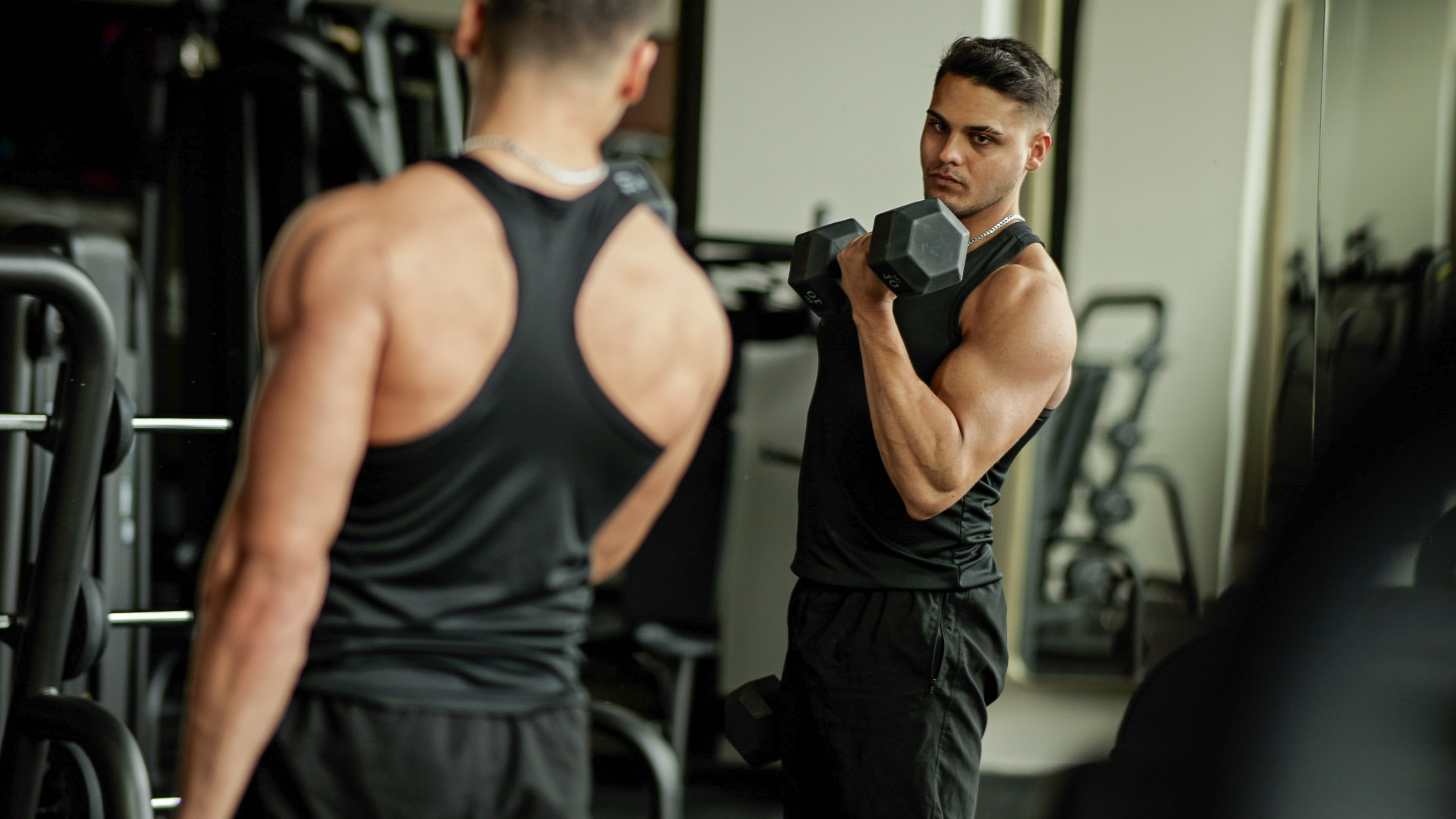 The best biceps exercise, according to science
The best biceps exercise, according to scienceHave you been training your biceps wrong this whole time?
By Lucy Miller
